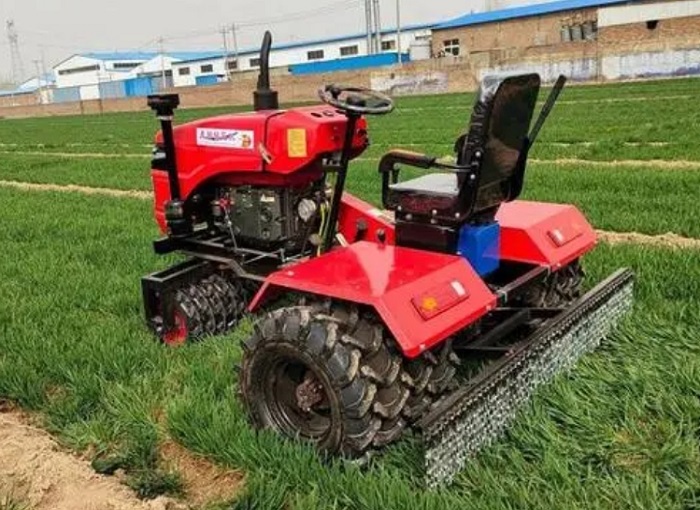The main function of the compactor is to protect and increase moisture, adjust the compactness of the soil layer, break up soil to fill soil pores, and prevent moisture from loosening.
The compactor can adjust the density of the soil in a timely manner through mechanical heavy compaction, breaking up the soil and fill the pores in the soil, thereby preventing the loss of water in the soil. This technology is very important for maintaining and improving soil moisture, especially the use of different suppression methods before and after sowing, which can make the seedling density reach a range suitable for crop growth. The intensity of suppression needs to be determined based on the moisture content of the soil and the type of crop. Usually, the pressure per unit area should be around 650 g/cm², and as the soil moisture content increases, the suppression pressure should be appropriately reduced. During soil preparation, the suppression intensity is generally between 600-1000 g/cm2.
In addition, the crusher also plays a significant role in wheat cultivation. For example, spring suppression can help deal with wheat fields with extensive land preparation and large soil clods during autumn planting. Timely suppression after the soil thaws in early spring can crush soil clods, compact the border surface, and bridge soil gaps, which is beneficial to water and fertilizer conservation. , heat preservation, prevent early spring frost damage, and protect seedlings. For prosperous wheat fields and soil where straw has been returned to the field, appropriate suppression can inhibit the growth of the main stem and large tillers, promote the proliferation of small tillers and the growth of underground roots, achieve the effect of controlling the top and promoting the bottom, and make the wheat roots solid. The wheat seedlings grow vigorously.

 ENGLISH
ENGLISH 中文
中文 Русский
Русский


